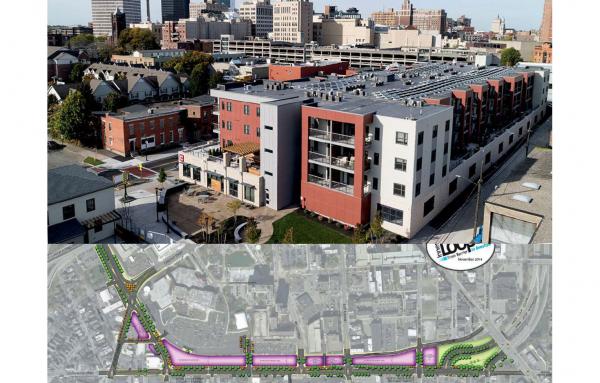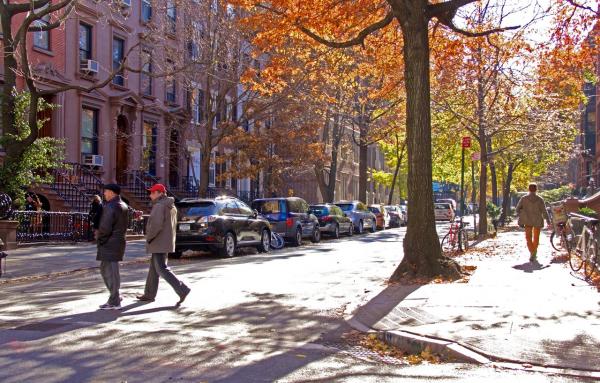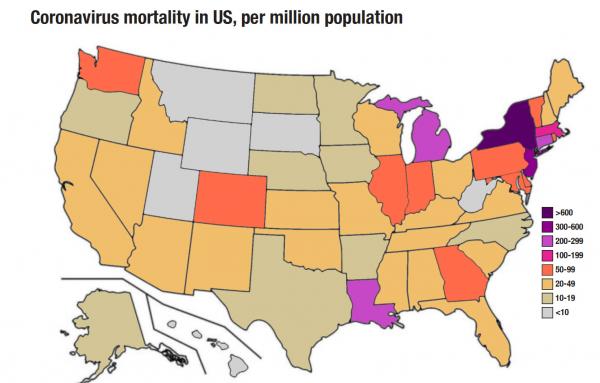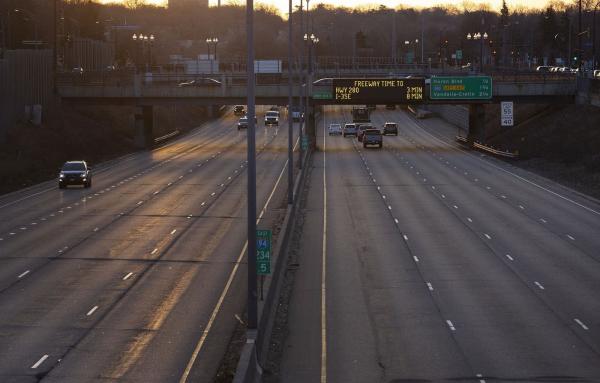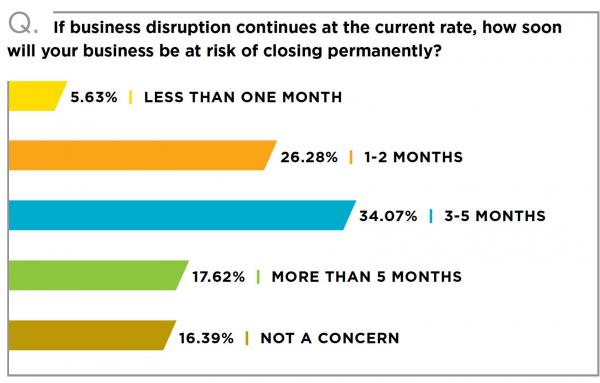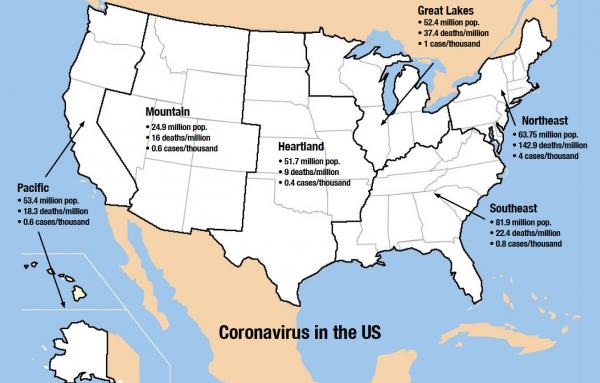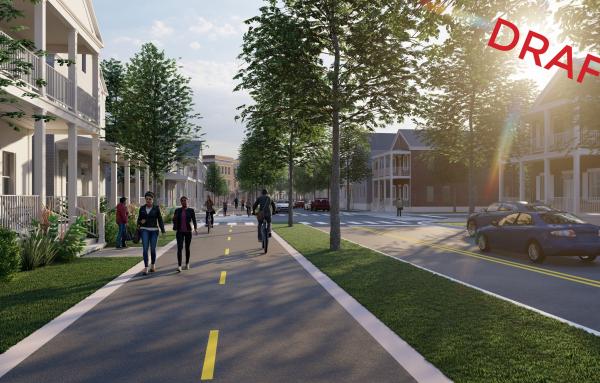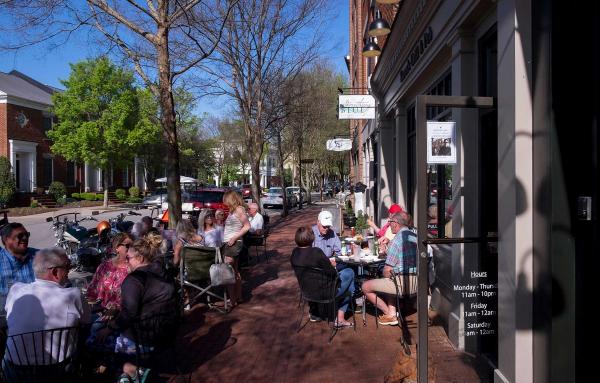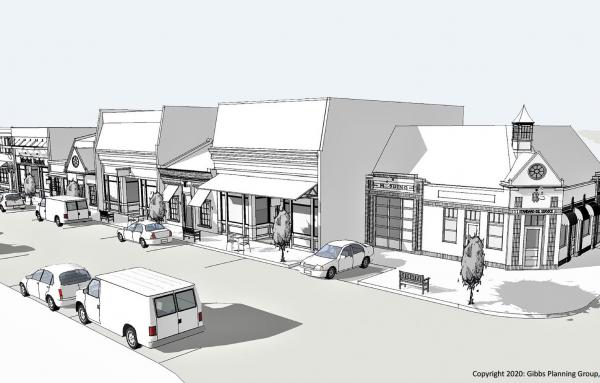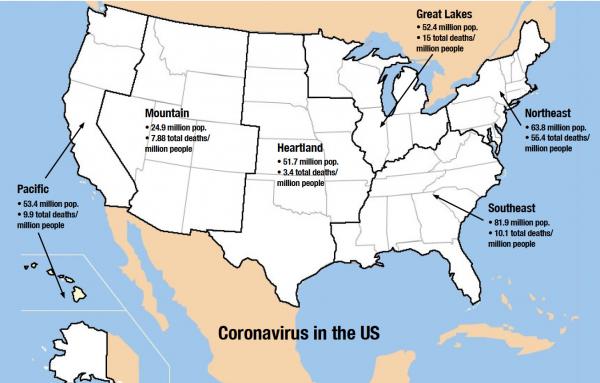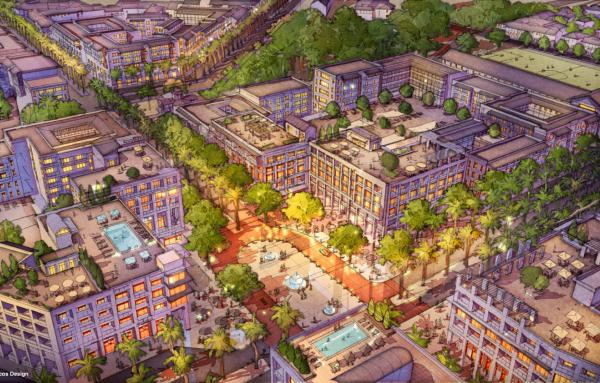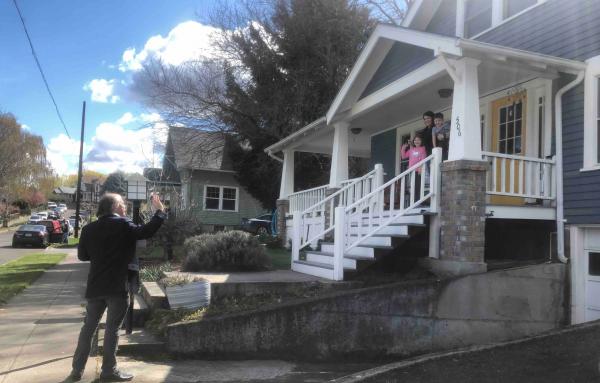RECENT ARTICLES – 2020
A new report by the Lincoln Institute of Land Policy examines the highways-to-boulevards trend and how this will impact cities in coming years.
While New York City is shut down, the city has an opportunity to work on long-term plans to make streets safer, quieter, and more pleasant for pedestrians and cyclists.
In this third State of Coronavirus in America report, Public Square examines the widely divergent health impacts across the US to look at how soon individual states may reopen their economies according to the new federal guidelines.
A pattern of more traffic deaths on less crowded roads may instead highlight an ongoing problem: Poorly designed urban thoroughfares.
A shocking number of American small businesses, employing tens of millions of people, are at imminent risk of permanent closure if the crisis continues much longer, according to a survey of Main Street America.
The virus appears to have peaked or plateaued across much of the US, even as New York and other hotspots bear the worst of the crisis.
Using online tools, urban designers conduct virtual charrettes during the coronavirus crisis. Envisioning the future of a city is a great way for all involved to stay productive and connected to the community.
Walkable communities will continue to be viewed as ideal for live, work, and play—but more responsibility will fall on community planners to accommodate new desires, needs, and expectations.
The village center is a walkable urban retail type comprising a small group of shops that allow nearby residents to make quick purchases—often on the way home.
The way the virus has hit states and regions of the country differs greatly. The State of Coronavirus in America looks at divergent health impacts, including varying acceleration and hotspots.
The Driehaus Form-Based Code Award, to be announced at CNU 28 in June, is accepting nominations until April 17.
The false duality between dense public spaces and isolated private ones misses the complexity of all the diverse—and relatively safe—urban places in between.
